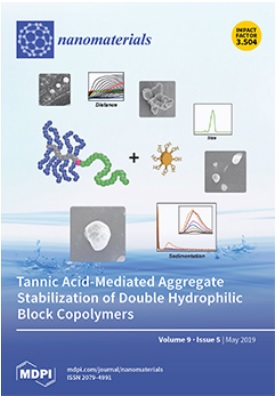During hyperthermia, magnetite nanoparticles placed in an AC magnetic field become a source of heat. It has been shown that in fluid suspensions, magnetic particles move freely and generate heat easily. However, in tissues of different mechanical properties, nanoparticle movement is limited and leads to a small temperature rise in tissue. Therefore, it is crucial to conduct magnetic hyperthermia experiments in similar conditions to the human body. The effect of tissue-mimicking phantom compressibility on the effectiveness of magnetic hyperthermia was investigated on agar phantoms. Single and cluster nanoparticles were synthesized and used as magnetic materials. The prepared magnetic materials were characterized by transmission electron microscopy (TEM), and zeta potential measurements. Results show that tissue-mimicking phantom compressibility decreases with the concentration of agar. Moreover, the lower the compressibility, the lower the thermal effect of magnetic hyperthermia. Specific absorption rate (SAR) values also proved our assumption that tissue-mimicking phantom compressibility affects magnetic losses in the alternating magnetic field (AMF).

